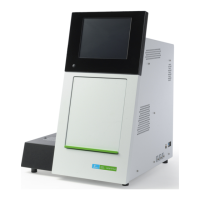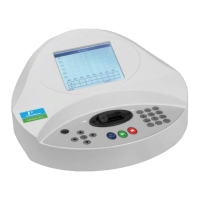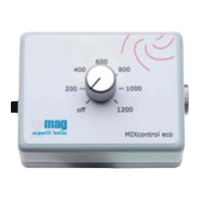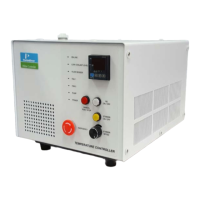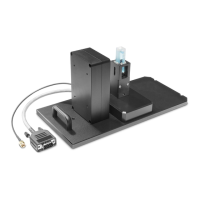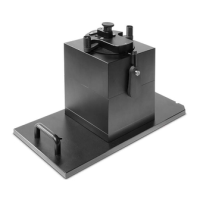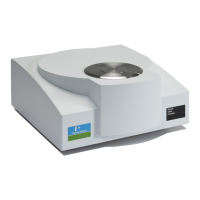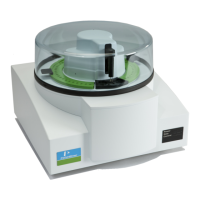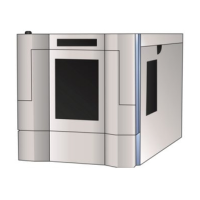Data Analysis 63
V4.2 LabChip GX User Manual PerkinElmer
Using Sample Names Files
Sample Names files are used to import sample names into a data
file. The Sample Name file can also contain expected peaks. A
sample names file can be selected in the Advanced Tab on the Start
Run Window to assign the sample names and expected peaks as
the assay is running. Before the run, a Sample Name file can also
be used to select the wells and sipping order for the run (see
“Selecting Wells using a Sample Names File” on page 35).
After the run is complete, you can use the Sample Name Editor
Window to rename the samples or to import an existing sample
name file. Sample name files are saved as .CSV files and can be
edited with a spreadsheet program such as Microsoft Excel.
The Color, Name, and Display Property for an Expected Peak
cannot be set in the Sample Name Editor window. When new
Expected Peaks are created in the Sample Name Editor window,
default values are assigned for these properties.
Create a Sample Name File
Sample Names files created in the Sample Name Editor contain a
row for each well in the plate. To use the Sample Name file to select
the wells in the run, manually create the CSV file in Microsoft Excel
or use a LIMS to create the Sample Names file.
To create a Sample Names file to specify the sample names,
comments, and Expected Peaks:
1 Select Tools Sample Name Editor on the LabChip GX Main
Window. The Sample Name Editor Window opens.
2 Modify the sample names as desired in the Sample Name
Editor window.
3 Enter any desired comments for the samples in the Sample
Comment column.
4 For DNA, gDNA, Protein, or Glycan assays, if desired, click the
Edit Expected Peaks check box and enter the desired
Expected Peaks and Window (%) in the columns. Separate
each peak size or window value with a semi-colon (;). If only one
Window % value is entered, the same value applies to all
expected peaks. If multiple values are entered, separated by
semi-colons, each expected peak will use the corresponding
Window value. If more expected peaks are entered than
Window values, the last Window applies to all remaining
expected peaks in the list.
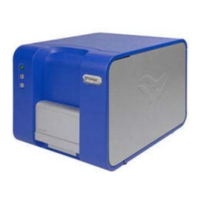
